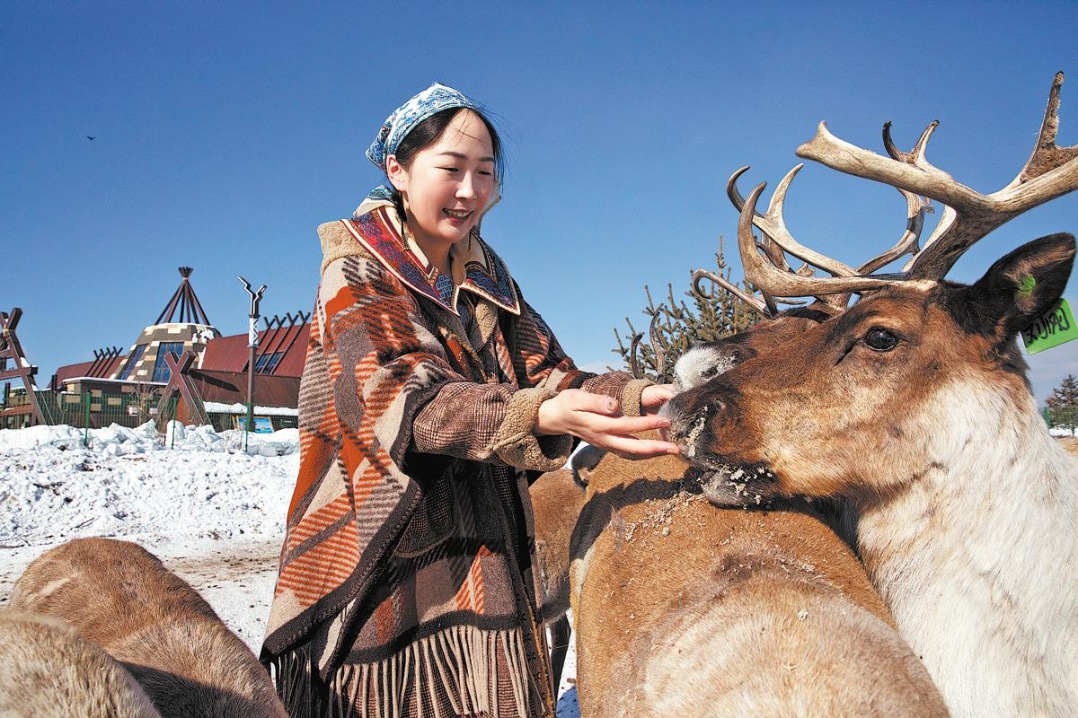Japan ramps up air safety efforts
By JIANG XUEQING in Tokyo | China Daily | Updated: 2024-01-11 09:04

Japan's transport ministry has introduced urgent safety measures for air traffic control in the wake of a tragic collision at Tokyo's Haneda Airport.
On Jan 2, a Japan Airlines, or JAL, passenger plane collided with a Japan Coast Guard, or JCG, aircraft during landing, resulting in the deaths of five individuals on the JCG plane. The pilot survived but sustained severe injuries.
All 379 passengers and crew members aboard the JAL flight escaped without life-threatening injuries before the plane was fully engulfed in flames.
The incident is believed to have occurred when the JCG aircraft mistakenly entered the runway, possibly due to the pilot misinterpreting the air traffic control phrase "No 1", a phrase indicating the plane is next in line for takeoff, as clearance for takeoff.
According to the radio communications transcript released by the transport ministry, the air traffic controller, responsible for determining when planes can access the runway and take off, granted clearance for the JAL plane to land before the accident, Kyodo News reported.
Subsequently, the air traffic controller instructed the JCG aircraft: "Good evening. No 1. Taxi to the holding point C5." The plane responded: "Taxi to holding point C5. No 1. Thank you."
The C5 holding point — where the JCG plane was instructed to wait before being cleared for takeoff — is located on the taxiway preceding the runway.
In the aftermath of the collision, the JCG said the pilot, the only survivor aboard their aircraft, had explained that he believed he had obtained permission to enter the runway.
Yoichiro Hatta, a former JAL pilot, said the pilot of the JCG plane may have misinterpreted the term "No 1" to mean that he had received permission to take off, as reported by the Asahi Shimbun newspaper.
The newly announced safety measures involve temporarily refraining from informing pilots of their position in the lineup when granting takeoff permission. This protocol will be implemented not only at Haneda but also at other airports across Japan.
To enhance safety, authorities will raise awareness among pilots regarding air traffic control terms for runway access. The ministry plans to hold an emergency meeting on communication protocols between air traffic controllers and pilots, exploring potential misunderstandings and devising appropriate countermeasures.
Additionally, airports will intensify monitoring to prevent inadvertent runway entries. This will involve assigning personnel to continuously monitor screens, alerting staff if an aircraft enters a runway already designated for another plane.
Japan's Minister of Land, Infrastructure, Transport and Tourism Tetsuo Saito said on Tuesday that the ministry aims to establish permanent measures to prevent similar accidents after thorough investigations and discussions with a panel of experts.
He emphasized the mission to restore trust in aviation and revealed the intention to establish a committee consisting of experts to discuss safety measures in response to the incident.
jiangxueqing@chinadaily.com.cn
























